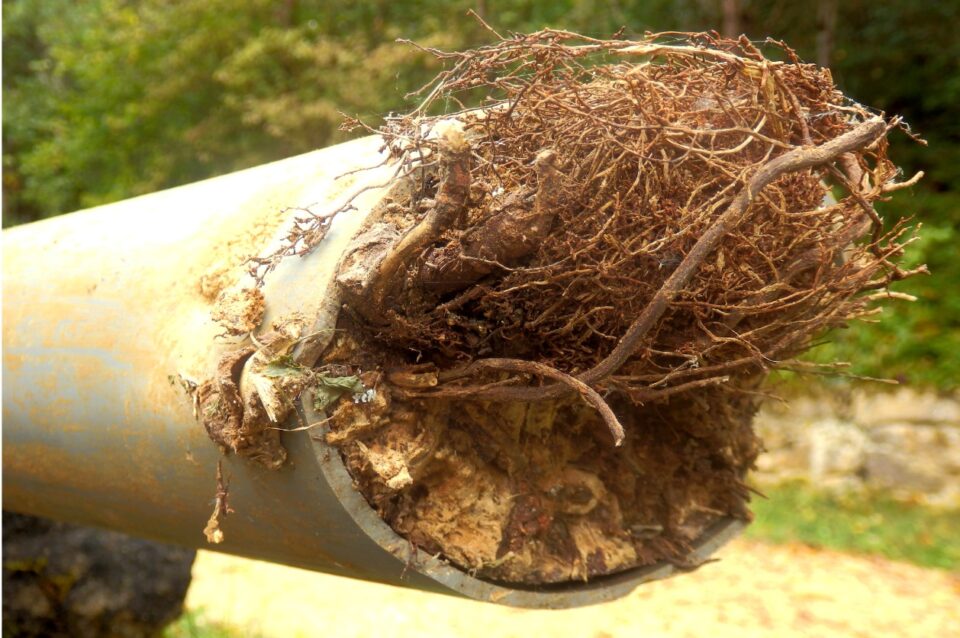Frozen pipes can cause extensive damage to your home and be costly to repair. That’s why it’s important to get some great tips for preventing frozen pipes from ever happening. Preventing your pipes from freezing in the first place can be accomplished using this 6 step guide.
Your 6 Step Guide To Preventing Frozen Pipes
- Insulate your pipes: Insulating your pipes is one of the most effective ways to keep them from freezing. You can purchase pre-slit foam pipe insulation at your local hardware store and wrap it around your pipes to keep them warm. There is also a wide variety of pipe insulation available online.
- Keep your thermostat at a consistent temperature: During the winter months, it’s important to keep your thermostat at a consistent temperature, ideally above 55 degrees Fahrenheit. This will help to keep your pipes warm and prevent them from freezing.
- Allow faucets to drip: Allowing your faucets to drip, especially during extremely cold temperatures, can help to prevent your pipes from freezing. This is because the water moving through the pipes helps to keep them warm.
- Keep your garage door closed: If you have pipes in your garage, make sure to keep your garage door closed as much as possible. This will help to keep the temperature inside the garage warm and prevent your pipes from freezing.
- Seal off any drafts: Check your home for drafts, such as those around windows or doors, and seal them off to prevent cold air from entering your home and causing your pipes to freeze.
- Keep an eye on the weather forecast: Keep an eye on the weather forecast, especially during freezing temperatures. If you know that the temperatures will be below freezing, take extra precautions to protect your pipes.

By following these simple steps, you can prevent your pipes from freezing and avoid costly repairs. However, if you suspect that your pipes have frozen, it’s important to call a plumber right away to have them inspected and repaired.
A quick summary of preventing frozen pipes in sub-freezing weather
In summary, insulating your pipes, keeping a consistent thermostat temperature, allowing faucets to drip, closing your garage door, sealing off drafts, and keeping an eye on the weather forecast are all effective ways for preventing frozen pipes. With these tips in mind, you can protect your home from the damage caused by frozen pipes and go a long way to preventing frozen pipes.
What are the 6 major causes of frozen pipes?
Water pipes can freeze in or outside of a house due to several reasons, which can be categorized into six major factors:
- Low Temperatures: The most common cause and commonly known cause of freezing water pipes is when temperatures drop below freezing (32°F or 0°C), water inside the pipes can freeze. This is the most common cause of frozen pipes, especially in regions with cold climates. Unfortunately, many folks do not prepare ahead of time in preventing frozen pipes from this common event.
- Inadequate Insulation: Exposed water pipes, drain pipes, and drain traps, that are not properly insulated, especially those located in unheated or poorly insulated areas such as attics, crawl spaces, basements, or outside walls, are more susceptible to freezing. Inadequate insulation or no insulation at all will allow cold air to penetrate and freeze the water inside the pipes. Taking steps for preventing frozen pipes also applies to exposed drain pipes and traps.
- Exterior Exposures: Of course, pipes exposed to exterior elements such as wind or direct contact with cold air are at a higher risk of freezing. Additionally, pipes located in areas where they are exposed to drafts or openings in the building structure can freeze more easily, such as inside a garage.
- Lack of Heating: Insufficient heating in the building, especially during extremely cold weather, can lead to the freezing of pipes. In areas with inadequate heating, such as vacation homes left unattended during winter, or rooms that are rarely used, are particularly vulnerable to this.
- Poor Drainage or Sloping: Lack of slope causes clogs in drain lines, such as grease. However, water pipes that are not properly installed with an adequate slope for drainage also cause problems, in that they are prone to freezing, such as outside hose spigots. The accumulation of water in low points or sections of the pipe can freeze, blocking the flow and causing further ice buildup. That is why exposed drains and sewer traps are particularly prone to freeze.
- Failing to Drip Faucets: During very cold weather, letting faucets drip or run just a little bit can help prevent pipes from freezing because running water is much less prone to freeze (similar to rivers in the wintertime). If you fail to allow your faucets to drip, especially when you are aware you have vulnerable areas or during extreme cold snaps, you can increase the risk of frozen pipes. This is among the simplest steps in preventing frozen pipes.
In some cases, the 6 major causes of frozen pipes require an expert to review
In many cases eliminating the 6 major causes of pipe freezing requires a professional’s attention. That could take the form of a skilled handyman, general contractor, or local trustworthy plumber. Spending a few dollars for a home inspection will still be worth avoiding the aggravation and expense of a frozen pipe, especially if it splits and causes damage.
Call an expert local and licensed plumber for a home inspection
In some cases, it is advisable to call a local and licensed plumber for a home inspection. In most cases prevening frozen pipes is a quick and easy fix, that is expedited by an expert’s advice. The Balkan plumbing and drain team provides on-site visits that result in on-point diagnoses and cures for drain, water main, sewer, and plumbing issues. Your expert plumbing advice and resolution is only a click away.




